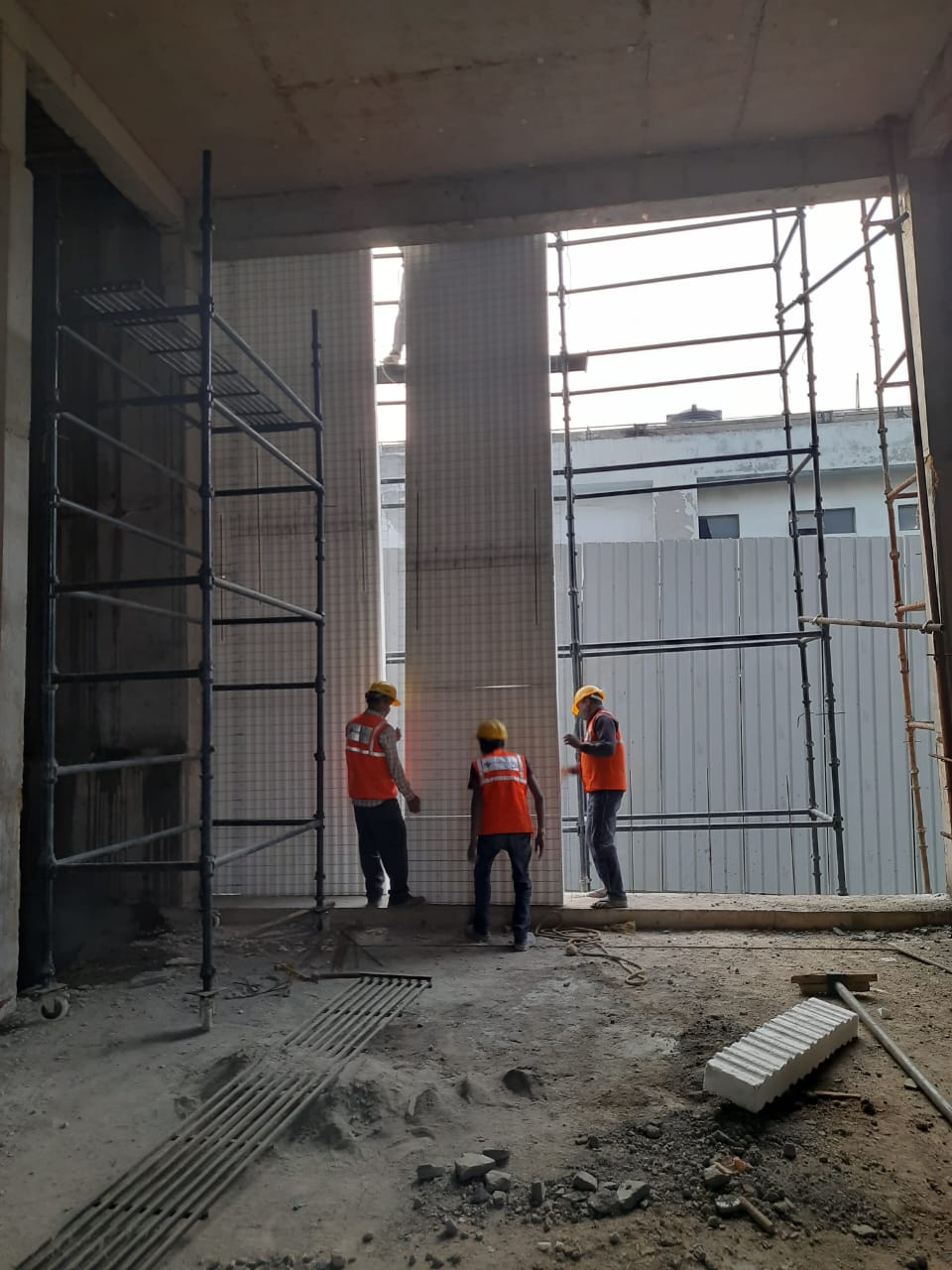Installing EPS (Expanded Polystyrene) wall panels can be a cost-effective and energy-efficient way to enhance the insulation and aesthetic appeal of a building. However, like any construction project, it comes with its set of challenges. In this blog post, we’ll explore some insider tips to help you overcome common hurdles during EPS wall panel installation.
Accurate Measurement and Cutting:
- One of the initial challenges is ensuring accurate measurements and precise cutting of the EPS panels. Before starting the installation process, carefully measure the dimensions of the walls and cut the panels accordingly. Use specialized cutting tools designed for EPS to achieve clean and straight edges, minimizing gaps between panels.
Proper Surface Preparation:
- Achieving a smooth and clean surface is crucial for the adhesion of EPS panels. Ensure the wall surface is free from dirt, debris, and any irregularities. Use a high-quality adhesive suitable for EPS panels to ensure a strong and durable bond. Adequate surface preparation contributes significantly to the long-term performance of the insulation system.
Addressing Moisture Concerns:
- Moisture can be a significant issue in wall installations, potentially leading to mold growth and structural damage. Apply a waterproofing membrane or sealant on the exterior surface before installing EPS panels. Additionally, ensure proper drainage systems to divert water away from the building. Adequate moisture control is essential for the longevity of both the insulation and the structure.
Thermal Bridging Mitigation:
- Thermal bridging occurs when there is a break in the insulation layer, reducing its overall effectiveness. To address this, install thermal breaks or isolators at points where the EPS panels come into contact with structural elements like metal studs. This minimizes heat transfer through these areas, optimizing the insulation performance of the entire system.
Proper Handling During Installation:
- EPS panels are lightweight but can be susceptible to damage during handling and installation. Take care to avoid crushing or denting the panels, as these defects can compromise their insulation properties. Establish proper procedures for handling and storing the panels on-site, ensuring they remain in pristine condition until installation.
Seam and Joint Integrity:
- Ensuring a tight seal at seams and joints is critical for the overall effectiveness of the insulation system. Use a compatible sealant to fill any gaps between panels and around openings. Properly taped seams and sealed joints prevent air infiltration, enhancing the energy efficiency of the building.
Adapting to Site-Specific Challenges:
- Every construction site has its unique challenges, such as irregular wall shapes or existing structural issues. Be prepared to adapt your installation approach based on the site conditions. Custom-cutting panels to fit irregular shapes and addressing unexpected structural challenges will help ensure a seamless and effective installation.
Conclusion:
EPS wall panel installation, when done correctly, offers numerous benefits, including enhanced energy efficiency and improved building aesthetics. By addressing common challenges with precision, from accurate measurements to careful handling and proper sealing, you can ensure a successful and durable EPS insulation system. Following these insider tips will contribute to the long-term performance and sustainability of the building envelope.


